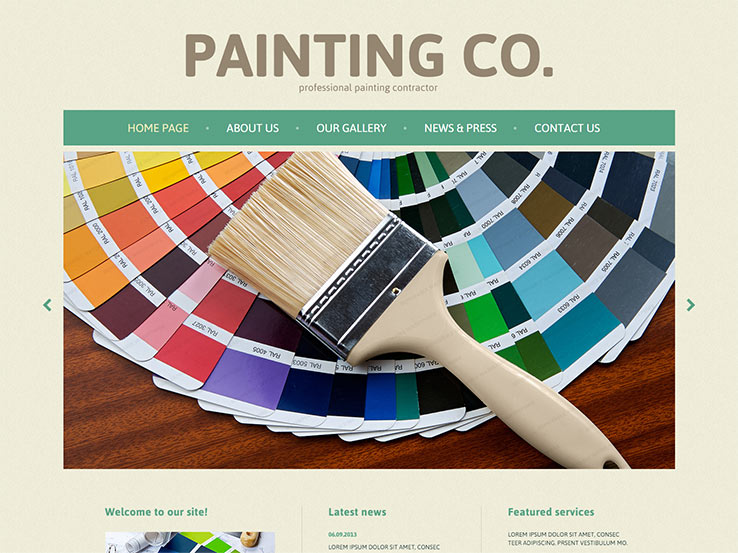Explore The Effect Of Seasonal Elements On The Efficiency Of Commercial External Paint And Identify The Optimum Times To Accomplish Long-Lasting Results For Your Job
Explore The Effect Of Seasonal Elements On The Efficiency Of Commercial External Paint And Identify The Optimum Times To Accomplish Long-Lasting Results For Your Job
Blog Article
Web Content By-Doherty Decker
When you're intending a commercial outside painting job, seasonal variables can make or break your results. You'll wish to think about exactly how temperature level and humidity effect paint application and drying out times. Picking the ideal period can ensure your paint sticks appropriately and lasts much longer. But which periods are genuinely the most effective for this type of job? Allow's check out the crucial elements that can impact your task's success.
The Effect of Temperature Level on Paint Application
When you're intending a business exterior painting task, the temperature level can significantly affect exactly how well the paint adheres and dries.
Preferably, you wish to paint when temperature levels vary in between 50 ° F and 85 ° F. If it's too chilly, the paint may not heal appropriately, bring about problems like peeling off or cracking.
On the other side, if it's too hot, the paint can dry also quickly, preventing appropriate attachment and leading to an uneven surface.
You must likewise consider the moment of day; early morning or late afternoon uses cooler temperatures, which can be more positive.
Always examine the maker's referrals for the specific paint you're utilizing, as they frequently give advice on the optimal temperature level array for ideal outcomes.
Moisture and Its Result on Drying Times
Temperature isn't the only ecological factor that affects your commercial exterior painting project; moisture plays a substantial role too. High moisture degrees can reduce drying out times drastically, affecting the overall top quality of your paint task.
When the air is filled with dampness, the paint takes longer to treat, which can lead to problems like poor bond and a higher threat of mildew development. If you're painting on a particularly humid day, be gotten ready for extensive delay times in between layers.
It's crucial to monitor regional weather and plan as necessary. Preferably, go for humidity levels in between 40% and 70% for optimum drying out.
Maintaining these factors in mind ensures your project stays on track and delivers an enduring coating.
Best Seasons for Commercial Outside Paint Projects
What's the best time of year for your industrial exterior painting tasks?
Springtime and very early autumn are typically your best options. During these seasons, temperature levels are light, and humidity levels are usually reduced, developing suitable conditions for paint application and drying out.
Prevent summer's intense heat, which can trigger paint to completely dry too promptly, resulting in inadequate bond and coating. Likewise, construction companies looking for painters can impede proper drying and curing, risking the durability of your paint work.
Go for days with temperatures in between 50 ° F and 85 ° F for optimum outcomes. Keep in mind to check the local weather report for rainfall, as wet problems can wreck your task.
Preparation around these variables guarantees your paint project runs smoothly and lasts much longer.
Final thought
To conclude, planning your commercial external painting jobs around seasonal factors to consider can make a considerable distinction in the end result. By organizing relevant internet page during the excellent temperature levels and moisture levels, you'll guarantee much better adhesion and drying times. Bear in mind to watch on regional weather forecasts and choose the correct time of year-- springtime and very early loss are your best choices. Taking these actions will certainly aid you attain a sturdy and specialist surface that lasts.
